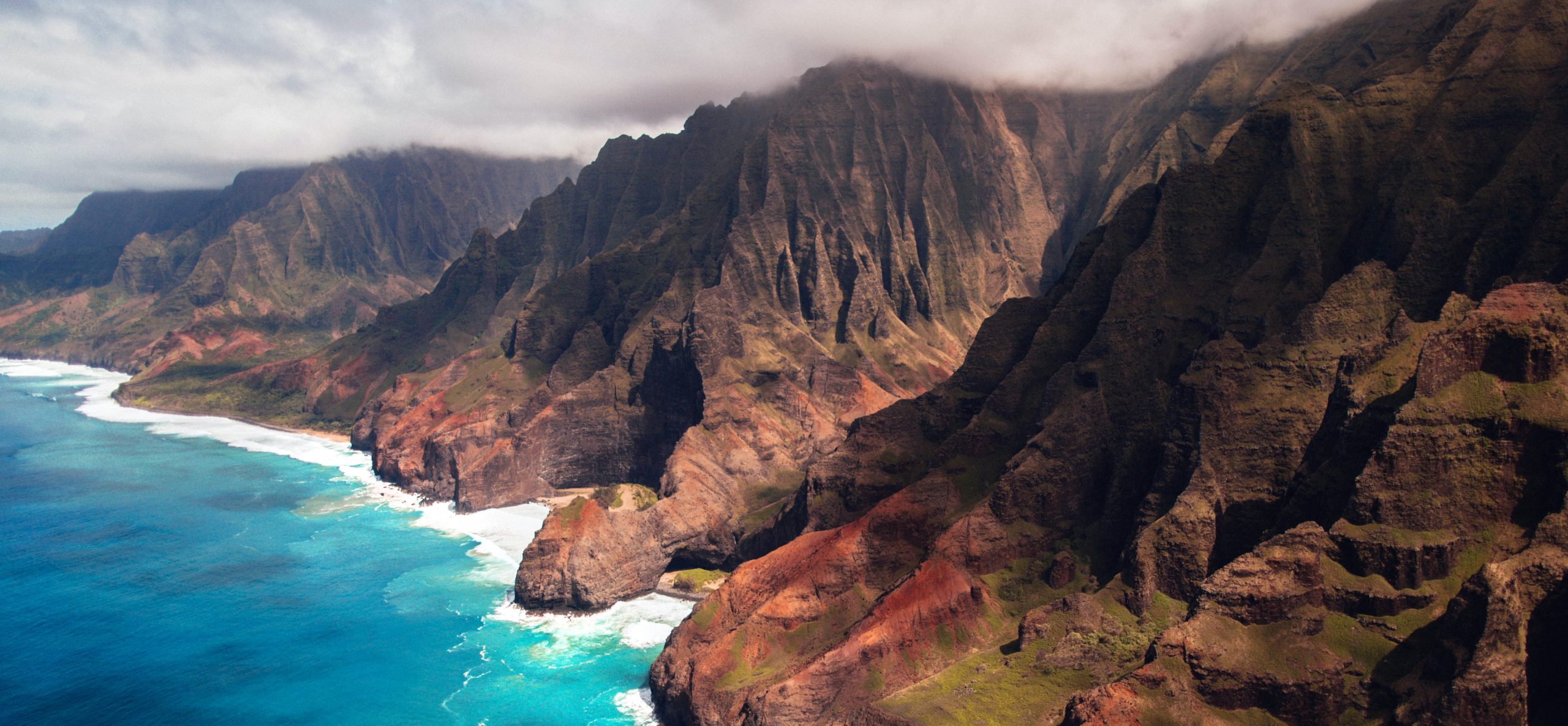Presented on April 3, 2024, by

Dr. Richard Rotunno
NSF NCAR Senior Scientist
ABSTRACT
This study considers a two-layer fluid with constant density in each layer connected by a layer of continuously varying density for flows past topography in which hydraulic jumps with lee vortices are expected based on shallow-water theory. Numerical integrations of the Navier–Stokes equations at a Reynolds number high enough for a direct numerical simulation of turbulent flow allow an examination of the internal mechanics of the turbulent leeside hydraulic jump and how this mechanics is related to lee vortices. Analysis of the statistically steady state shows that the original source of lee-vortex vertical vorticity is through the leeside descent of baroclinically produced spanwise vorticity associated with the hydraulic jump. This spanwise vorticity is tilted to the vertical at the spanwise extremities of the leeside hydraulic jump. Turbulent energy dissipation in flow through the hydraulic jump allows this leeside vertical vorticity to diffuse and extend downstream. The present simulations also suggest a geometrical interpretation of lee-vortex potential-vorticity creation, a concept central to interpretations of lee vortices based on the shallow-water equations.
BIO
Dr. Richard Rotunno is a Senior Scientist in the Mesoscale and Microscale Meteorology Laboratory of the National Center for Atmospheric Research in Boulder, Colorado. He received a Ph. D. in 1976 in Geophysical Fluid Dynamics from Princeton University. Over the past 48 years he has contributed to a wide range of topics in mesoscale dynamical meteorology including, tornadoes, rotating thunderstorms, squall lines, hurricanes, polar lows, midlatitude cyclones, fronts, mountain-valley and sea-breeze circulations and coastally trapped disturbances in addition to a variety of related problems such as the dynamics of density currents, vortex stability, convection and atmospheric predictability. Through a combination of theory and numerical modeling, his work is directed at the understanding needed to make progress in the forecasting of mesoscale weather phenomena. He is a recipient of the American Meteorological Society’s Banner I. Miller Award (1991 with K. Emanuel and 2010 with G. Bryan), Severe Local Storms Research Lifetime Achievement Award (2018), Jule G. Charney Award (2004) and Carl-Gustaf Rossby
Research Medal (2017). In 2023 he was elected to the National Academy of Science of the United States.
Dr. Richard Rotunno has been an active participant on national and international committees and in summer schools and colloquia concerning the science of weather and weather forecasting. Recent scientific activities have focused on tropical cyclones, orographic precipitation and atmospheric predictability.

